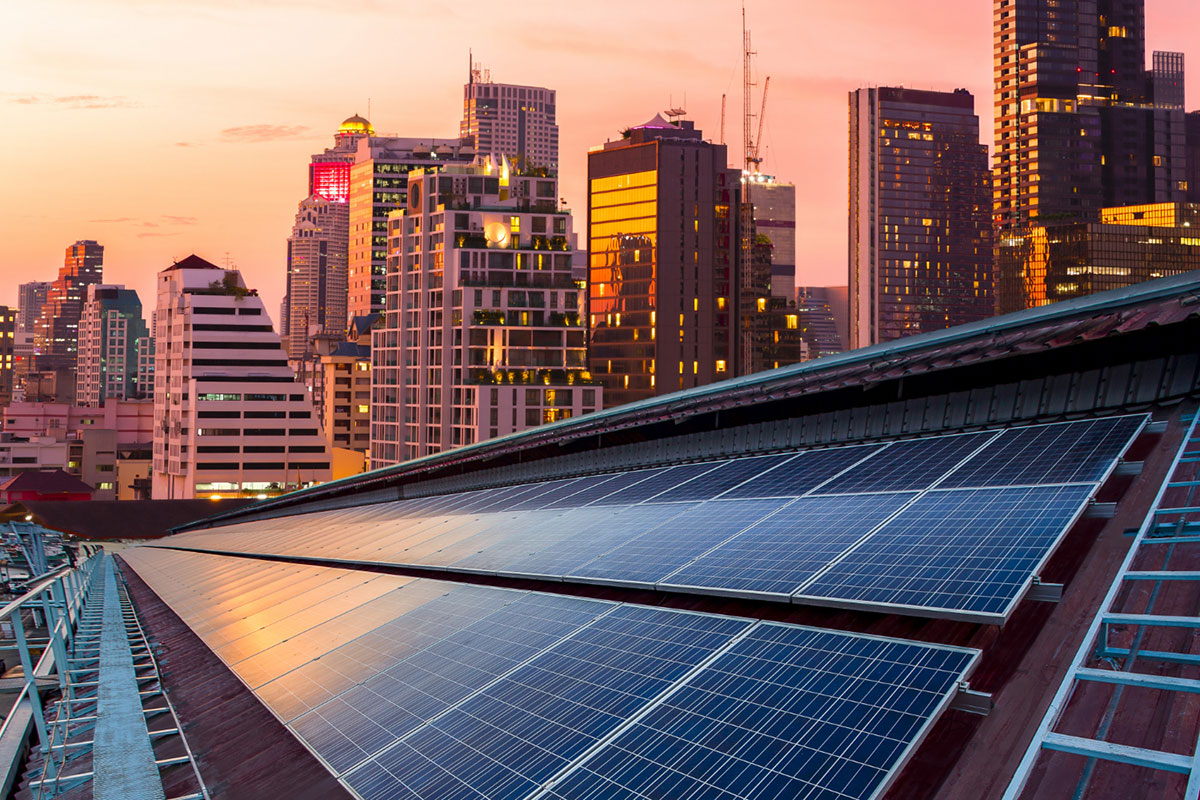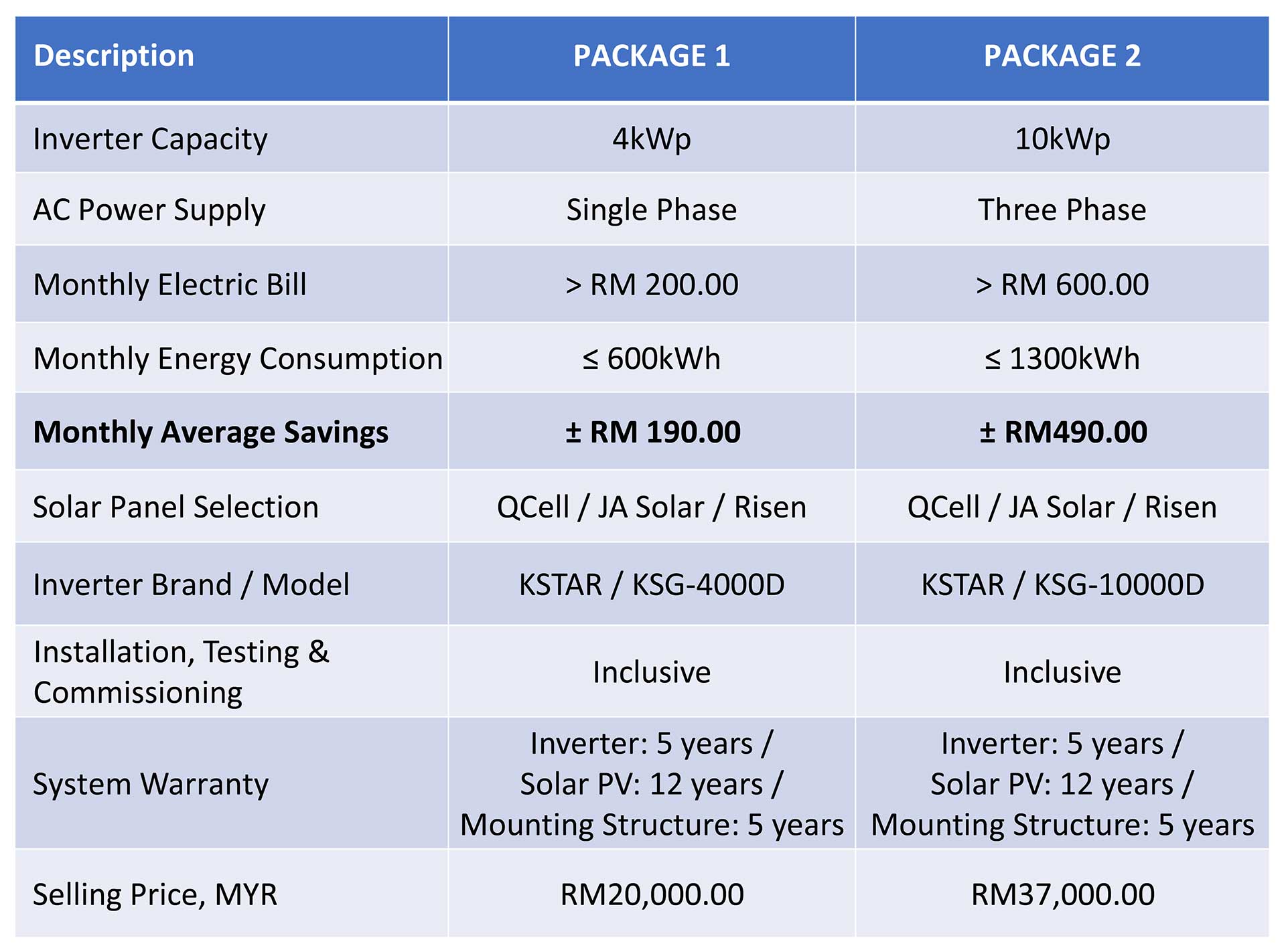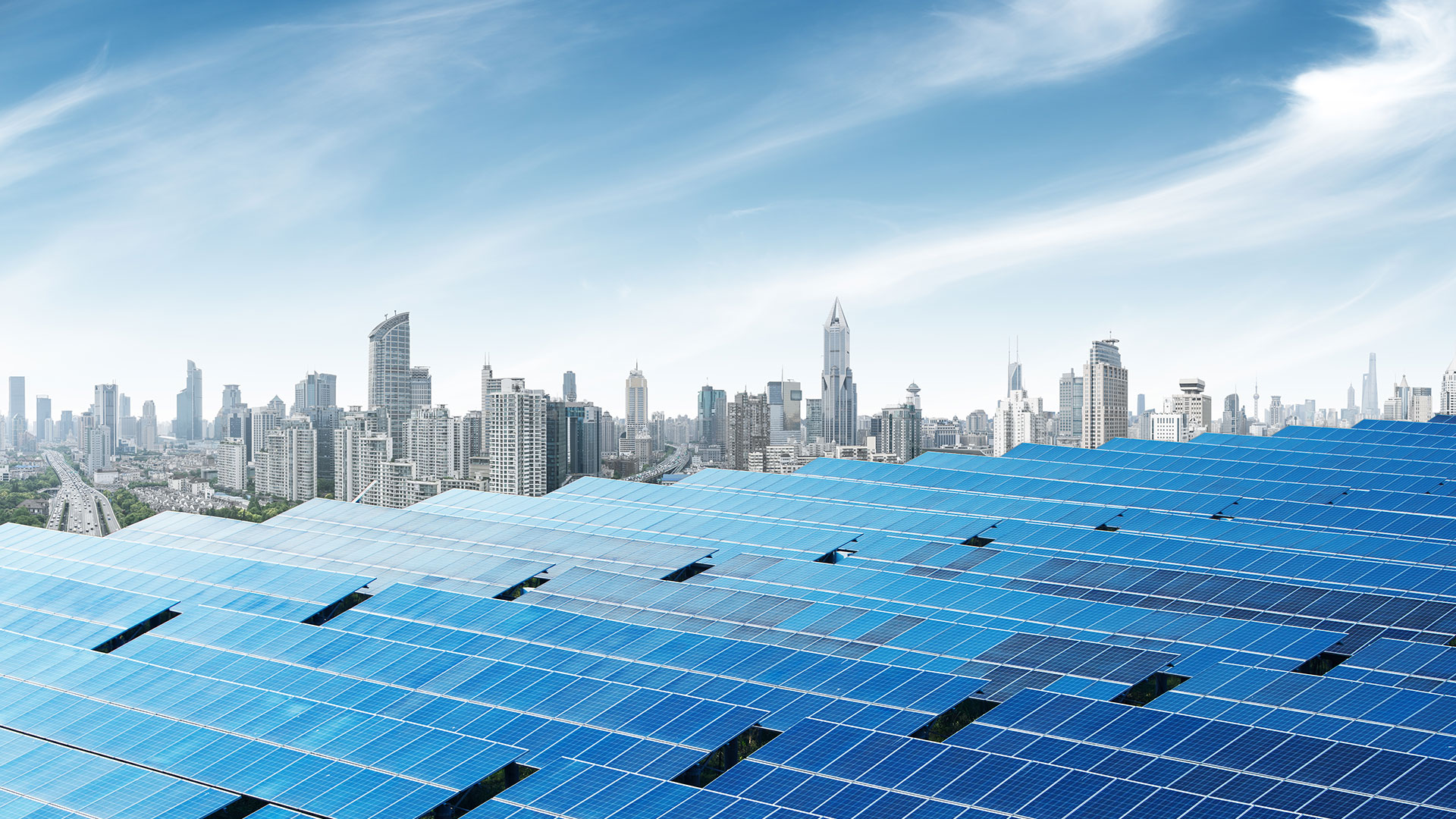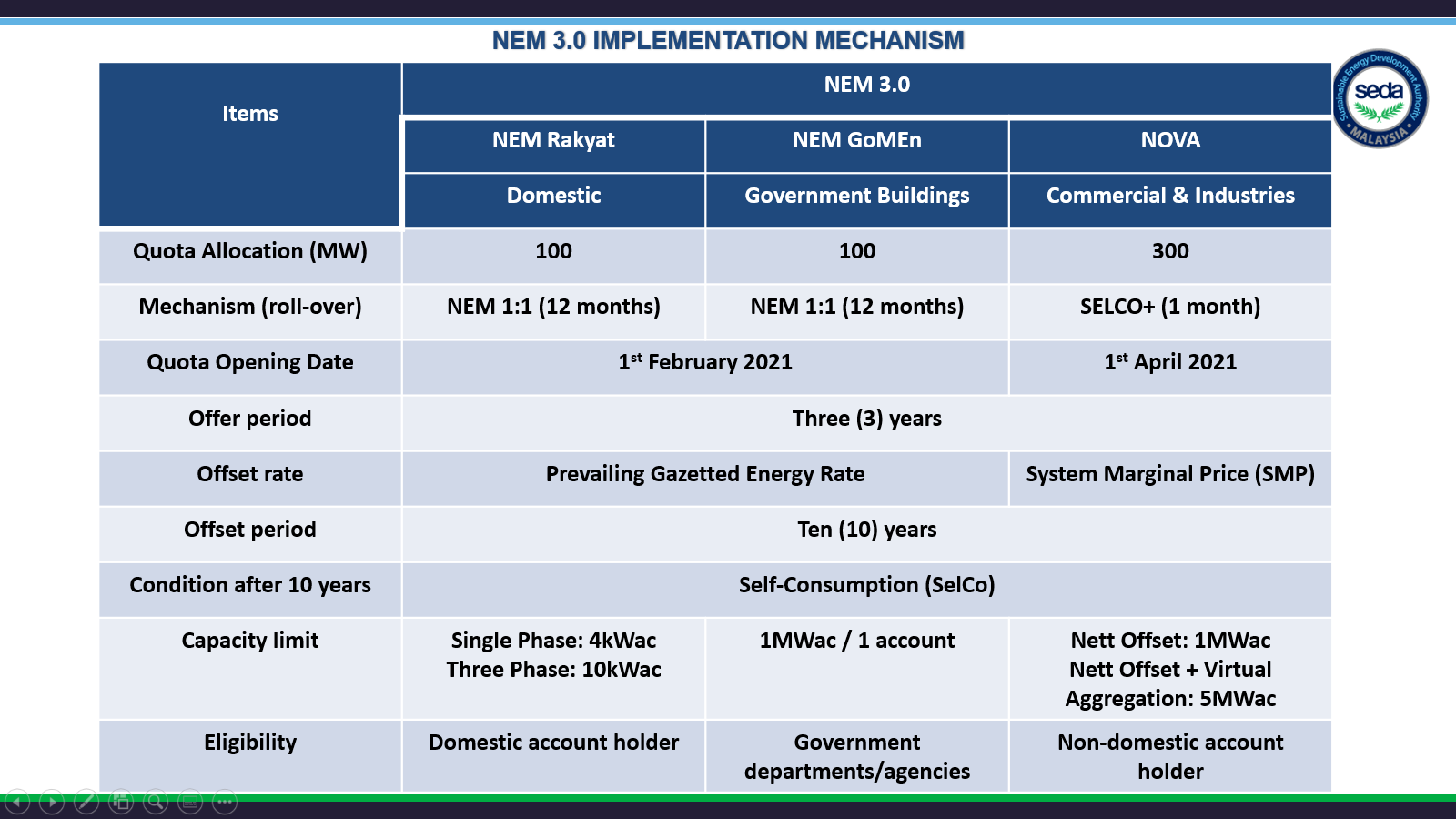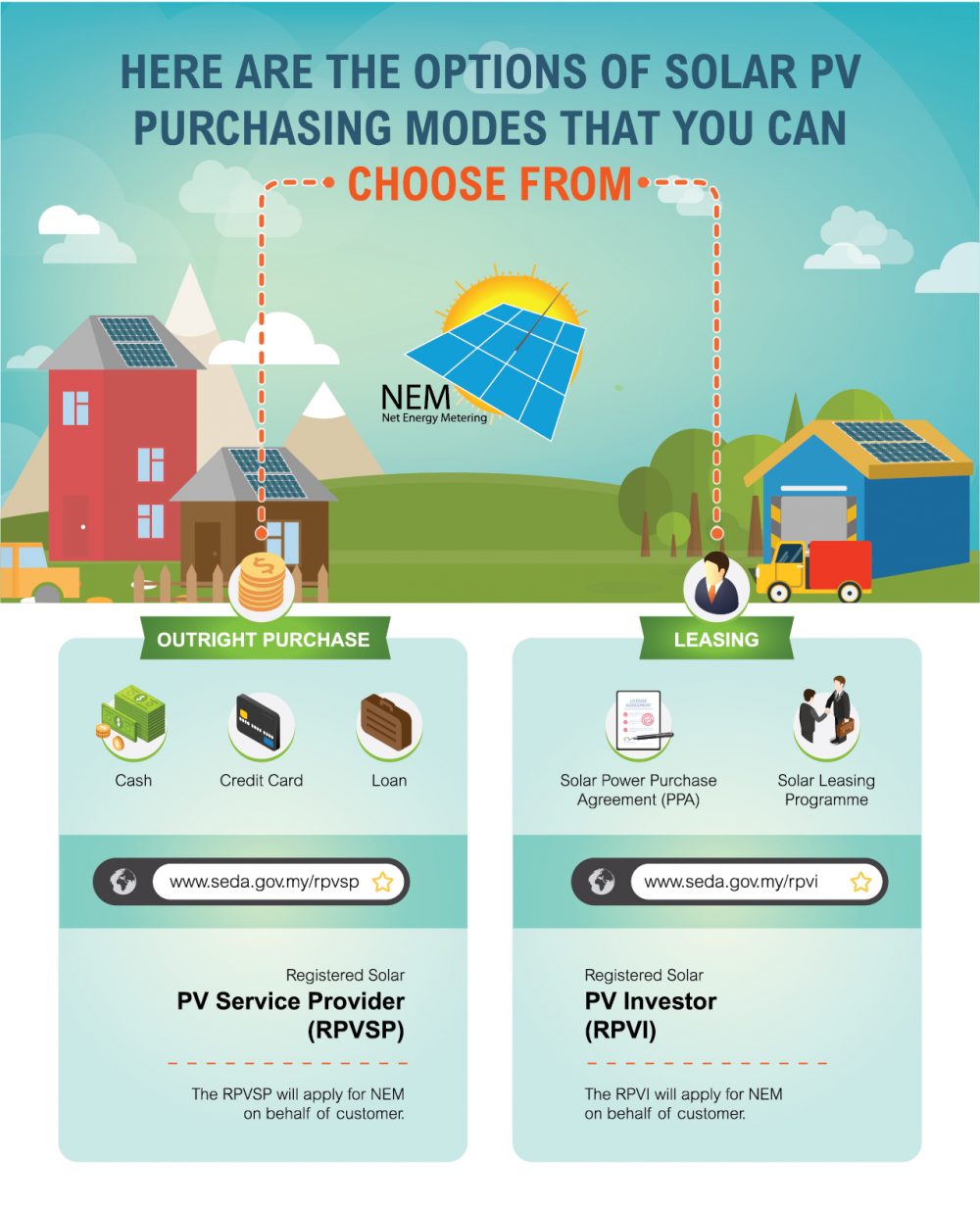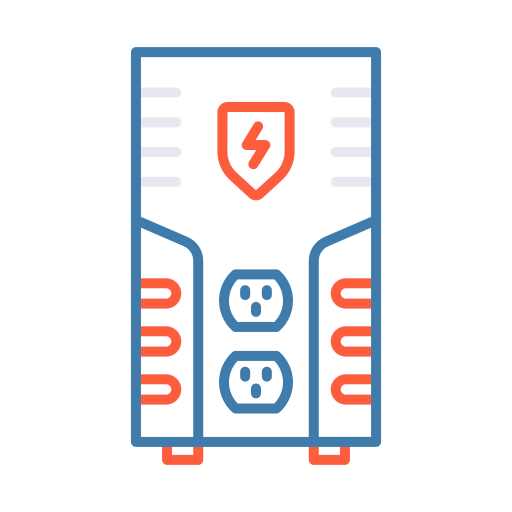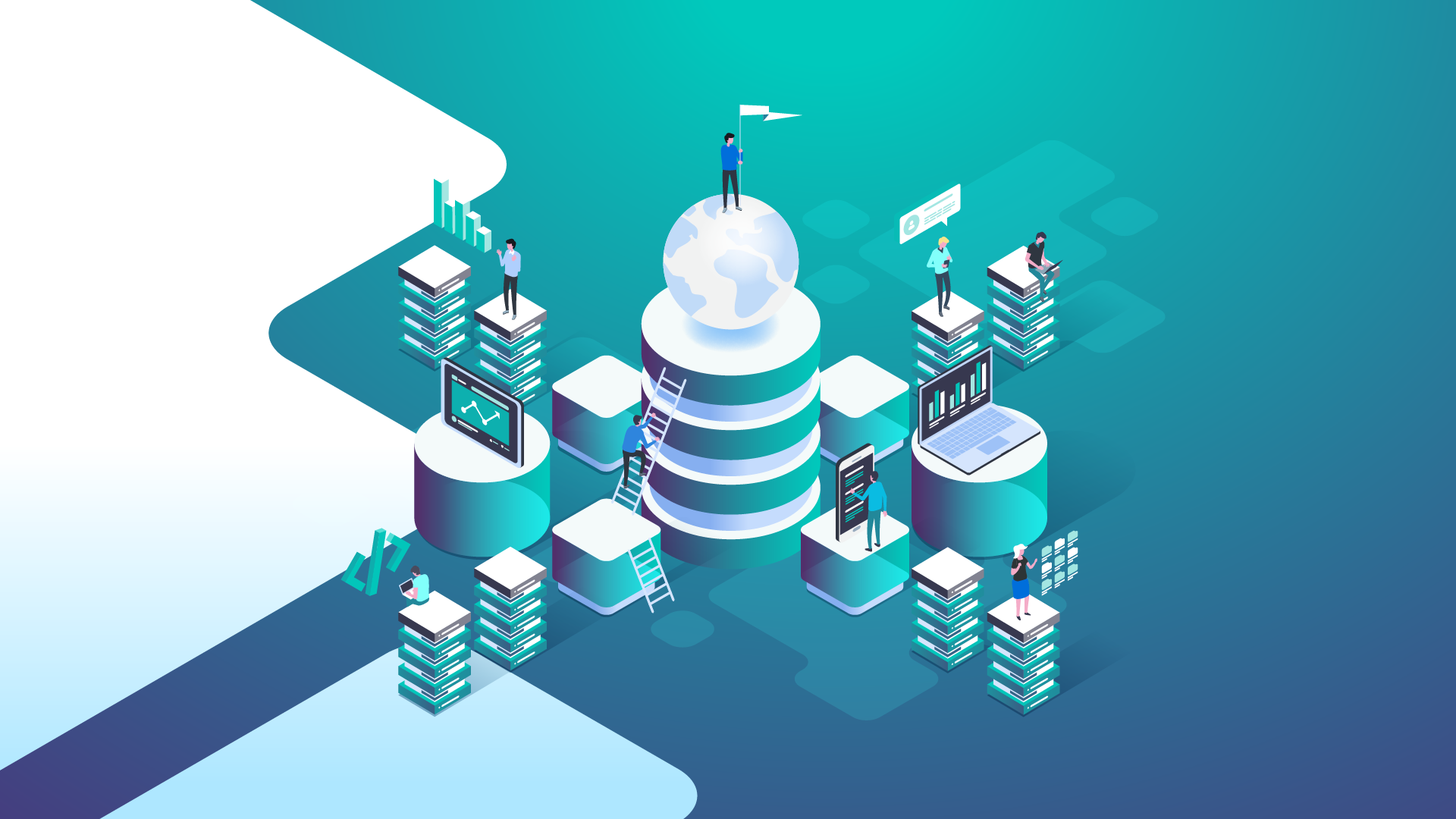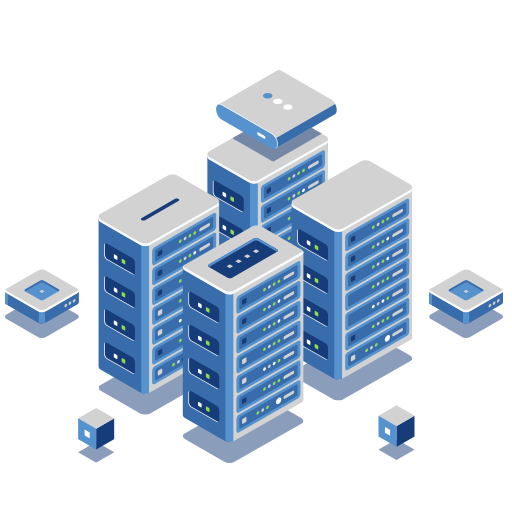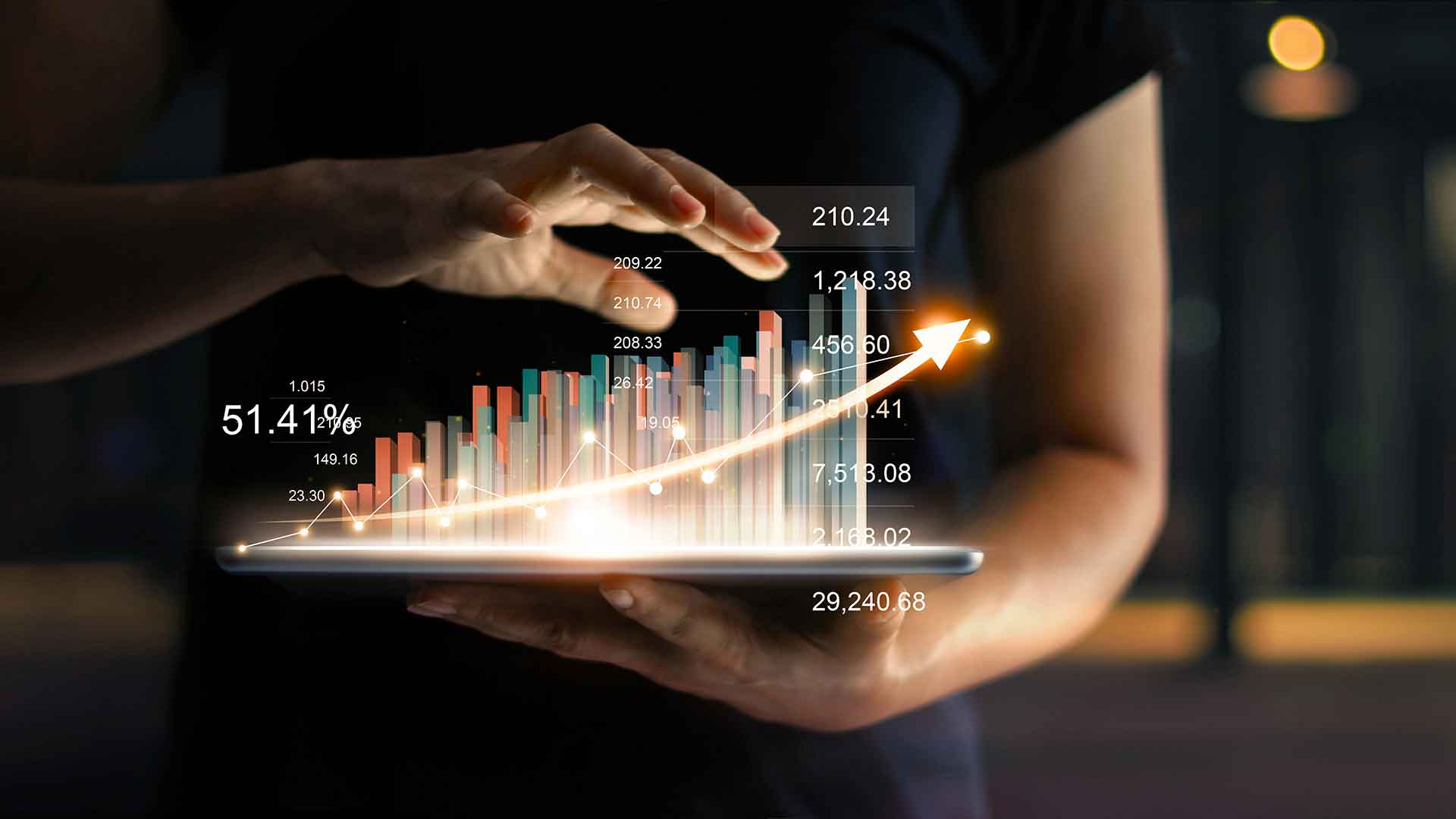NOVA & NEM GoMEn – NEM 3.0 gives businesses and government bodies a reason to invest in solar energy
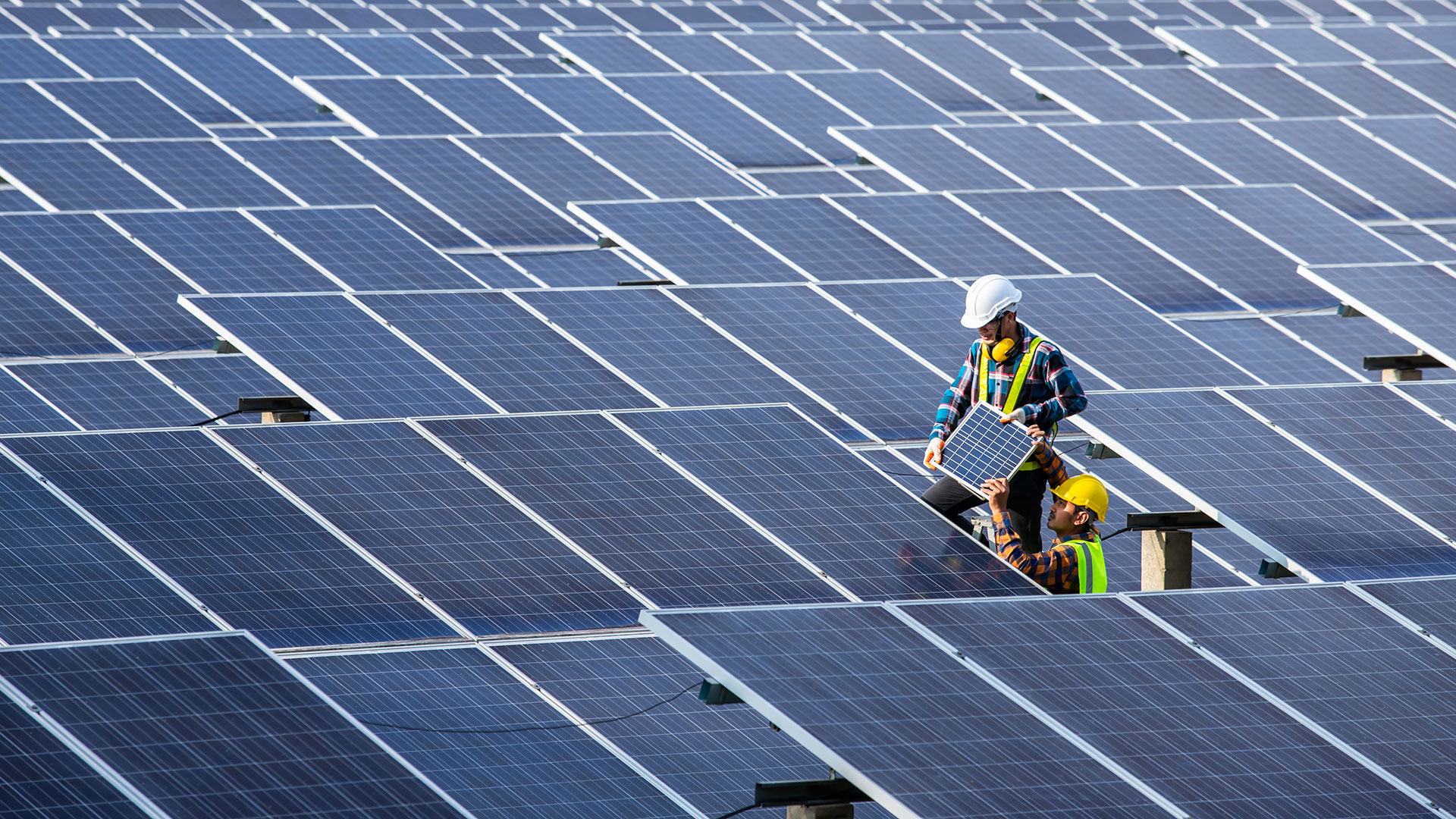
In an effort to boost the usage of solar energy, Malaysia’s Energy and Natural Resources Ministry has introduced the new Net Energy Metering 3.0 program (NEM 3.0) to provide more opportunities for electricity consumers to install solar PV systems on the roofs of their premises to save on their electricity bill. The NEM 3.0 will be in effect from 2021 to 2023 and the total quota allocation is up to 500 MW.
Concept for Net Offset Virtual Aggregation (NOVA) Program
Quota: 300MW
Tariff Category: Commercial, Industrial, Mining and Agriculture
Implementation Period: 1st April 2021 – 31st December 2023
Targeting businesses, the NOVA programme works by allowing the energy produced from the solar PV installation on business premises to be consumed and designed primarily for self-consumption.
As for excess energy, NOVA provides for this through two categories:
Category A

Any excess energy produced in a month which is not consumed by the NOVA consumer may be exported via the supply system to the distribution licensee. The value of the exported energy shall be credited to the account of the NOVA consumer to be used to offset the bill payment for the next billing period.
* The unit price (RM/kWh) of the energy exported in the billing period to the supply system shall be based on the average System Marginal Price (SMP).
Category B
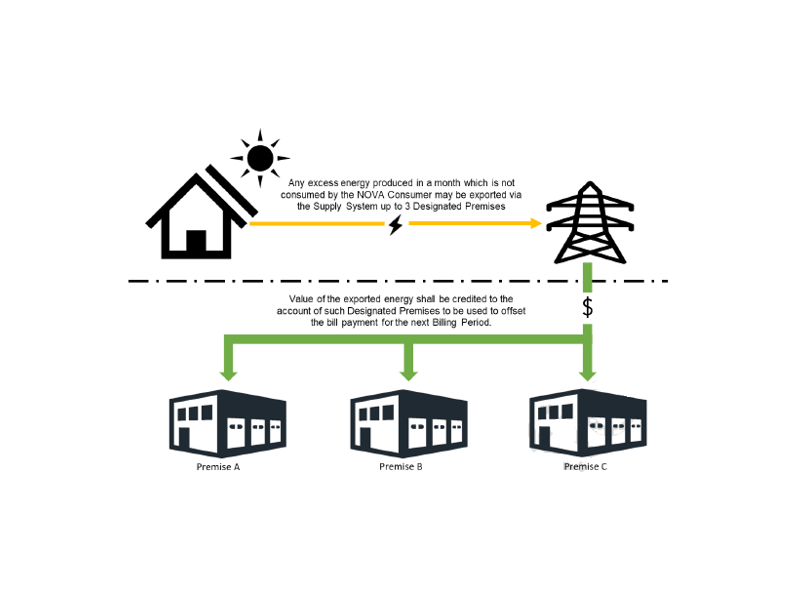
Any excess energy produced in a month which is not consumed by the NOVA consumer may be exported via the supply system to up to 3 designated premises. The value of the exported energy shall be credited to the account of such designated premise to be used to offset the bill payment for the next billing period.
* The unit price (RM/kWh) of the energy exported in the billing period to the supply system shall be based on the average System Marginal Price (SMP).
FAQs
What is the eligibility criteria and capacity limits for each category?
Category A
Eligibility Criteria:
• Registered consumers of TNB in Peninsular Malaysia
• Non-domestic consumers of TNB
Capacity Limits:
NOVA consumer under Category A shall not install more than 1,000kW for net offset and subject to the following conditions:
1. The maximum capacity of the inverter output of the solar PV installation shall not be more than 75% of maximum demand of the NOVA consumer under the NOVA contract.
2. The maximum demand of the NOVA consumer is based on:
• the average of the recorded maximum demand of the past twelve (12) months; or
• the declared maximum demand for NOVA consumers with less than twelve (12) months record
3. For low voltage consumers, the maximum capacity limit is 60% of fuse rating (for direct meter) or 60% of current transformer (CT) rating.
Category B
Eligibility Criteria:
• Registered consumers of TNB in Peninsular Malaysia
• Non-domestic consumers of TNB
• For the purpose of Category B, a designated premise of the NOVA consumer includes premise used or operated by its wholly owned subsidiary company
Capacity Limits:
NOVA consumer under Category B shall not install more than 5,000kW for net offset and virtual aggregation and subject to the following conditions:
1. The maximum capacity of the inverter output of the solar PV installation shall not be more than 100% of maximum demand of the NOVA consumer under the NOVA contract.
2. The maximum demand of the NOVA consumer is based on:
• the average of the recorded maximum demand of the past twelve (12) months; or
• the declared maximum demand for NOVA consumers with less than twelve (12) months record
3. For low voltage consumers, the maximum capacity limit is 60% of fuse rating (for direct meter) or 60% of current transformer (CT) rating
What are the benefits of the NOVA program?
The energy generated by NOVA consumers will be consumed first which implies that less energy will be imported from the utility. Under NOVA, any excess energy generated will be exported to the utility grid and will be credited based on the average SMP.
The priority is for self-consumption, however some premises which are not operating during the weekends or public holiday may have excess energy exported to the grid. The credit amount in the month can be used to offset bill payment for the next billing period.
NOVA allows any excess energy produced in a month which is not consumed by the NOVA consumer to be exported to up to three (3) designated premises via the supply system. It will enhance cost efficiency and maximise the use of energy produced by the solar PV installation.
What is the type of installation eligible under NEM NOVA?
The solar PV installation shall be of PV panels mounted on the rooftop of the buildings within the same premise.
Is there any tenure in the NEM contract between the distribution licensee and the NEM approval holder?
The NOVA consumer shall enter into a NOVA contract with the distribution licensee before the commencement date. The offset part of electricity bills will be for a period of ten (10) years upon commencement of the NOVA contract. Within the period, the NOVA consumer is allowed to roll-over any excess energy generated every month. After the ten (10) years period, the solar PV installation shall be strictly for self-consumption in the premise where the solar PV installation was installed. The NOVA contract is deemed to commence upon the installation of the meter by the distribution licensee.
Concept for NEM GoMEn (Government Ministries and Entities)
Quota: 100MW
Tariff Category: Commercial
Implementation Period: 1st February 2021 – 31st December 2023
The concept of NEM GoMEn is that the energy produced from the solar PV installation on government premises will be consumed first, and any excess will be exported to the TNB grid. The credit to be received for such excess energy will be used to offset part of the electricity bill on a “one-on-one” offset basis for a period of ten (10) years of operation.
FAQs
What is the eligibility criteria for NEM GoMEn?
• Registered consumers or applying to be a consumer of TNB in Peninsular Malaysia
• Government Agency(ies) who have not participated in any of the prior solar programmes;
*Goverment Agency means a ministry, department or statutory body established by the government at all levels of administration whether at the federal, state or district levels including local authorities
What is the maximum capacity limit per application?
The maximum capacity of the PV installation shall not exceed 1,000 kW and subject to the following conditions:
a) for medium voltage consumers, not exceeding 75% of maximum demand based on:
• the average of the recorded maximum demand of the past 1 year; or
• the declared maximum demand for consumers with less than 1 year’s record; and
b) for low voltage consumers, not exceeding 60% of fuse rating (for direct meter) or 60% of the current transformer (CT) rating of the metering current transformers.
What are the benefits of NEM GoMEn?
The energy generated by NEM consumers will be consumed first which implies that less energy will be imported from the utility. In many countries, the NEM scheme is effective to hedge against fluctuation or increase in electricity tariff in the future. This is especially relevant for consumers that fall under the high electricity tariff block.
Under this program, any excess energy generated will be exported to the utility grid and will be paid on a “one-on-one” offset basis. The priority is for self-consumption, however some premises which are not operating during the weekends or public holiday may have excess energy exported to the grid. The credit shall be allowed to roll over for a maximum of 12 months.
So, how do you get started on installing a solar PV system (and benefit from NEM 3.0)?
GreenBay offers 2 affordable pre-designed solar PV packages which can help businesses and government bodies take advantage of NEM NOVA and NEM GoMEn under the new NEM 3.0 program.

If you need something specifically tailored to you,
our consultants are ready to assist.
Contact us to find out more!
Tel: +603-5885 3734 (Selangor)
Tel: +604-398 8168 (Penang)


